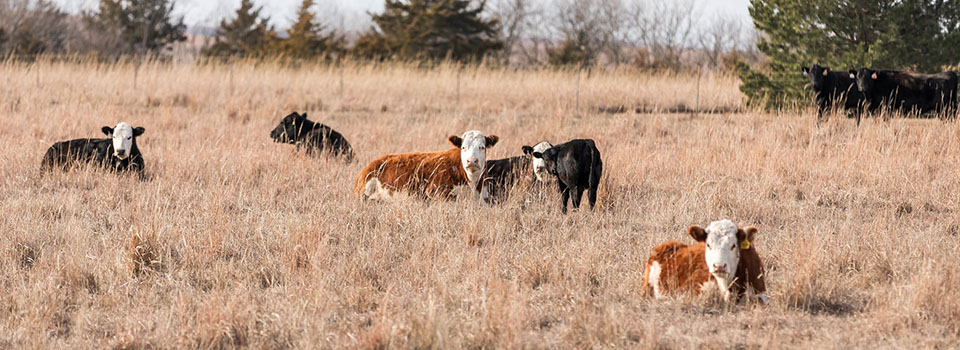Anyone who has ever had a respiratory infection knows how hard it can be to clear the body and how miserable it can make a person feel.
In much the same way, beef cattle can also experience respiratory disease that may start as a virus and turn into bacterial pneumonia, said the experts at Kansas State University’s Beef Cattle Institute on a recent Cattle Chat podcast. The focus of this discussion was on mycoplasma pneumonia, which may require a different treatment protocol than other forms of respiratory disease, said the K-State veterinarians.
“Mycoplasma pneumonia is atypical because it is a smaller bacterium that doesn’t have a cell wall and it is more contagious than some of the other respiratory illnesses,” said K-State veterinarian Brad White.
K-State veterinarian Brian Lubbers added: “Because it is an atypical bacterium, some of the antibiotics that we would use to treat bovine respiratory disease just simply won’t work against mycoplasma.”
The veterinarians said that this type of pneumonia has a longer disease onset than other types of respiratory illnesses.
“Mycoplasma pneumonia often develops in chronically ill animals that have had a severe disease challenge and it may take 30-40 days to appear in the herd,” White said.
Lubbers said mycoplasma pneumonia can lead to other syndromes in the animal’s body, such as a joint infection or an ear infection.
“In a lot of cases the calf starts with a respiratory infection and then weeks or months later they have swollen knee joints or even a head tilt, which are signs that they may be experiencing mycoplasma infections,” Lubbers says.
If producers suspect mycoplasma infections in the herd, White and Lubbers said that they should reach out to the local veterinarian for guidance.
“The diagnostic test for this bacterium is different and it doesn’t always show on a routine bacterial culture so it is important to work with the veterinarian to get the right diagnosis and treatment protocol,” Lubbers said.



